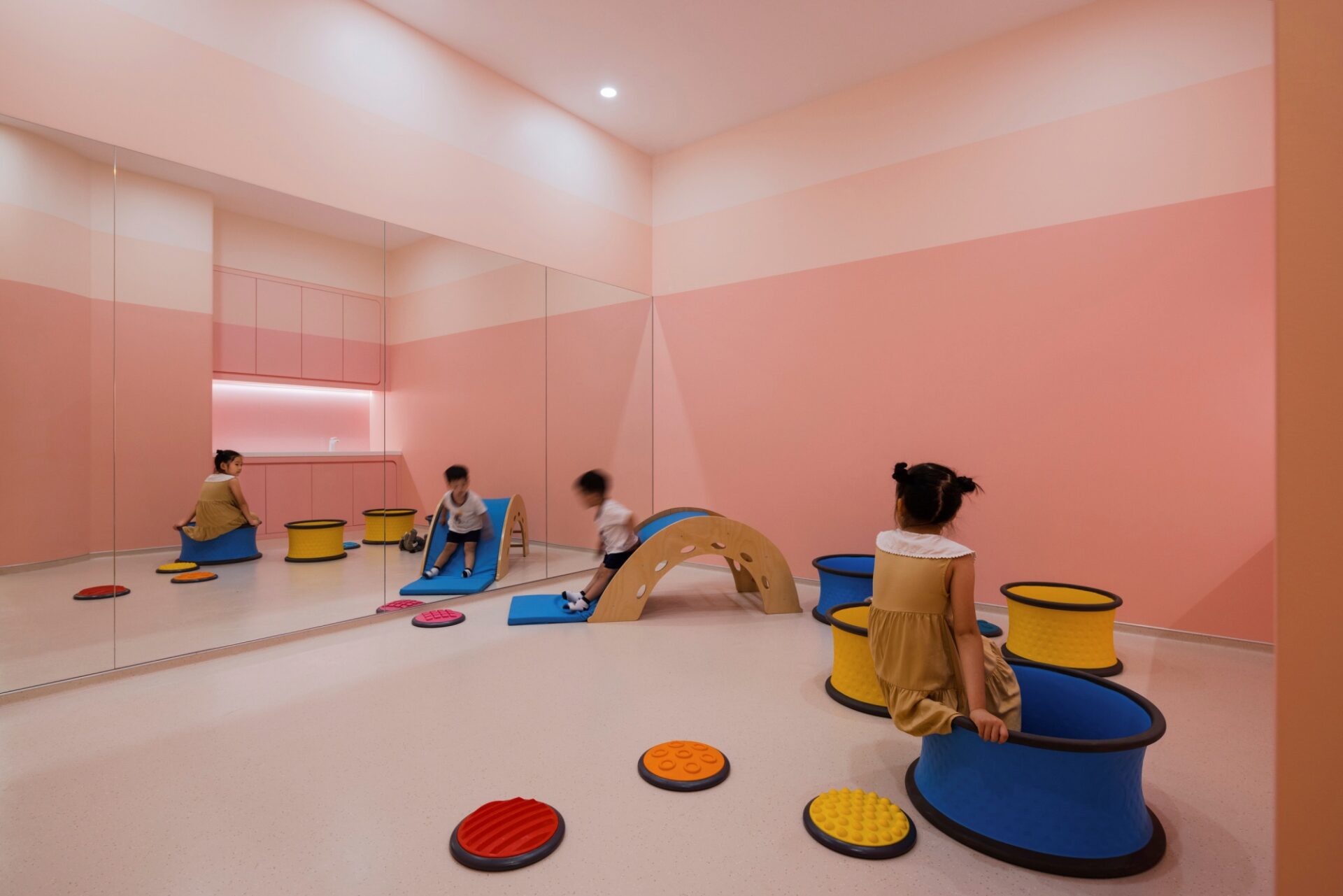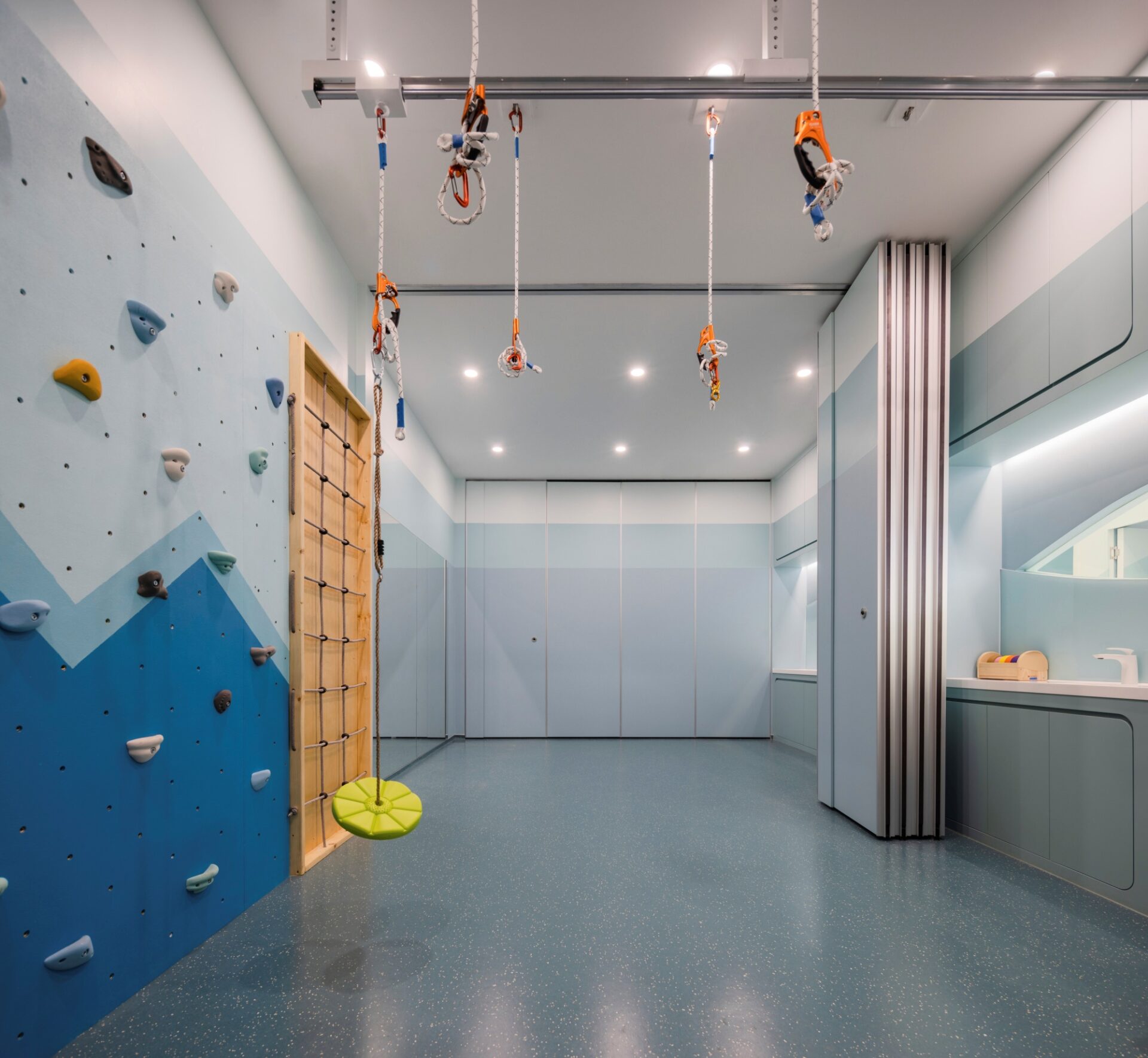Healthcare Meets Human-Centric Design
Flysolo’s desire to empower children of all abilities and make them active participants in society led them to envision and reshape the healthcare experience with a unique human-centred approach in collaboration with UNStudio. Together they’ve designed a dedicated paediatric medical centre in Beijing. The design considers the human experience in rehabilitation medicine to help patients gain access to a diverse range of innovative therapies.
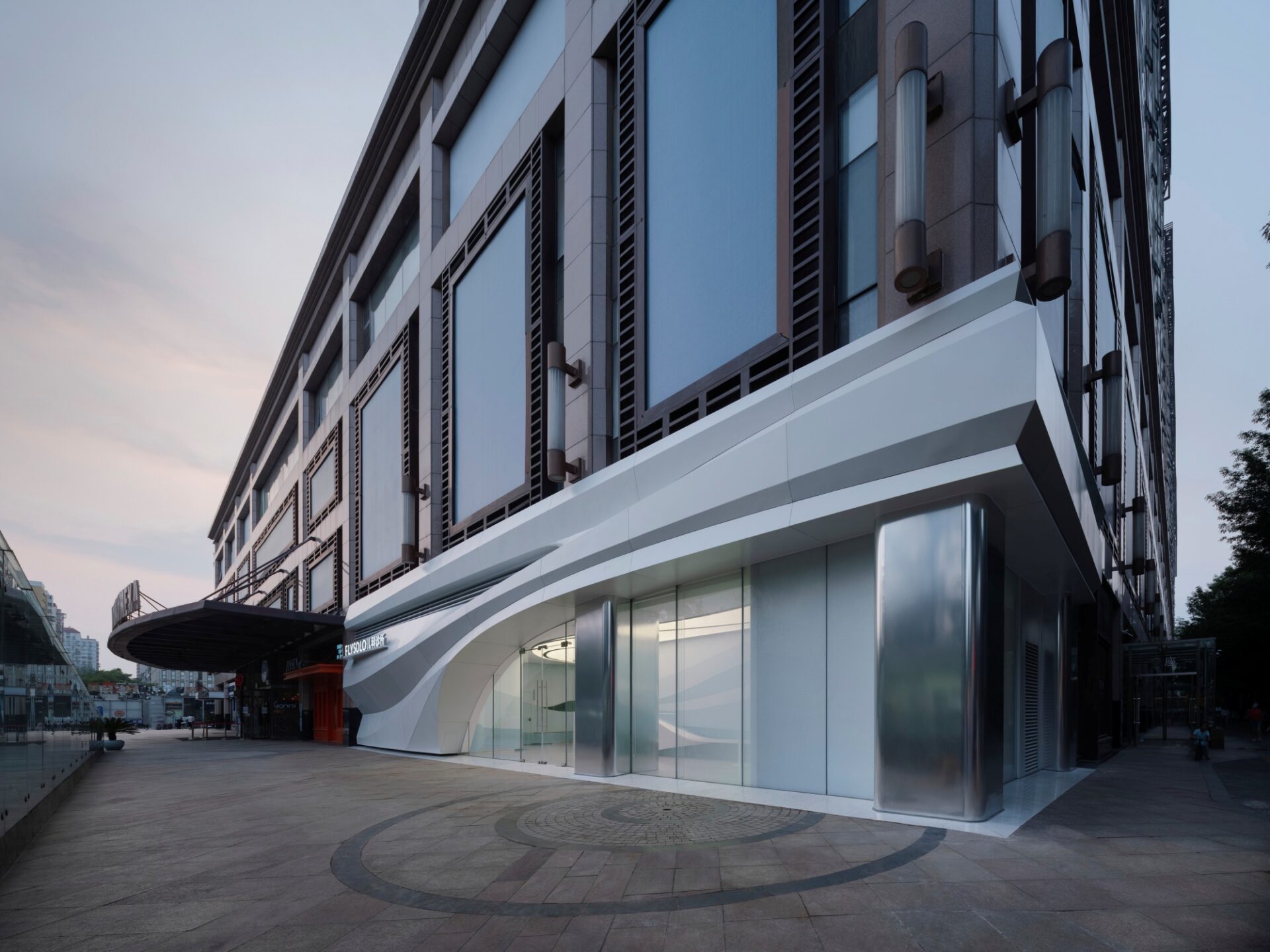 Founded in 2016, FlySolo works in the paediatric rehabilitation space and has forged partnerships with Harvard Medical School’s primary paediatric teaching hospital, Boston Children’s Hospital, and premier rehabilitation medicine experts from the United States and Taiwan. Their Rehabilitation Medical Centre provides children between the ages of 0-13 with comprehensive rehabilitation services, treating speech, language, cognitive, motor, sensory, social, and emotional developmental disorders.
Founded in 2016, FlySolo works in the paediatric rehabilitation space and has forged partnerships with Harvard Medical School’s primary paediatric teaching hospital, Boston Children’s Hospital, and premier rehabilitation medicine experts from the United States and Taiwan. Their Rehabilitation Medical Centre provides children between the ages of 0-13 with comprehensive rehabilitation services, treating speech, language, cognitive, motor, sensory, social, and emotional developmental disorders.
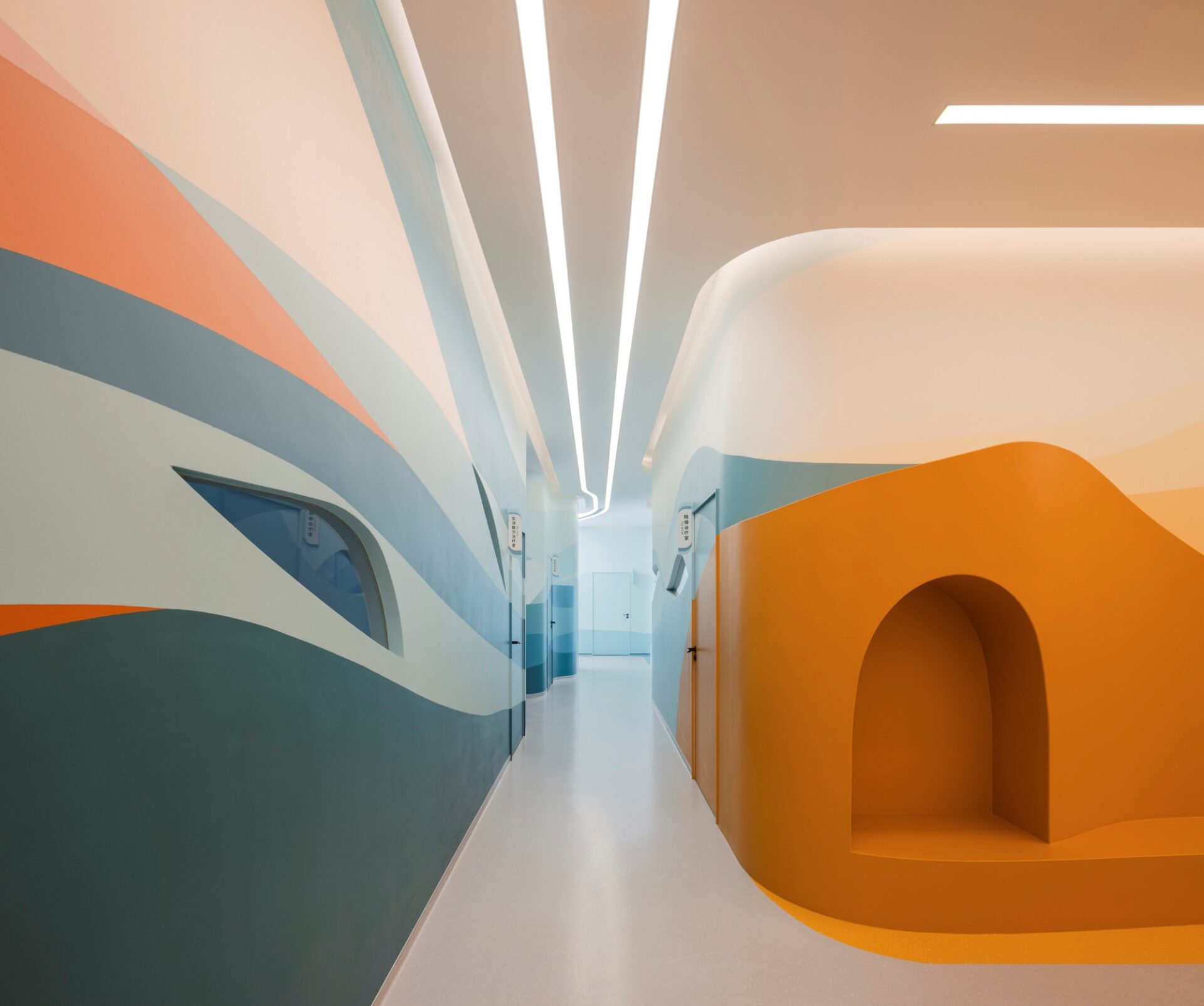
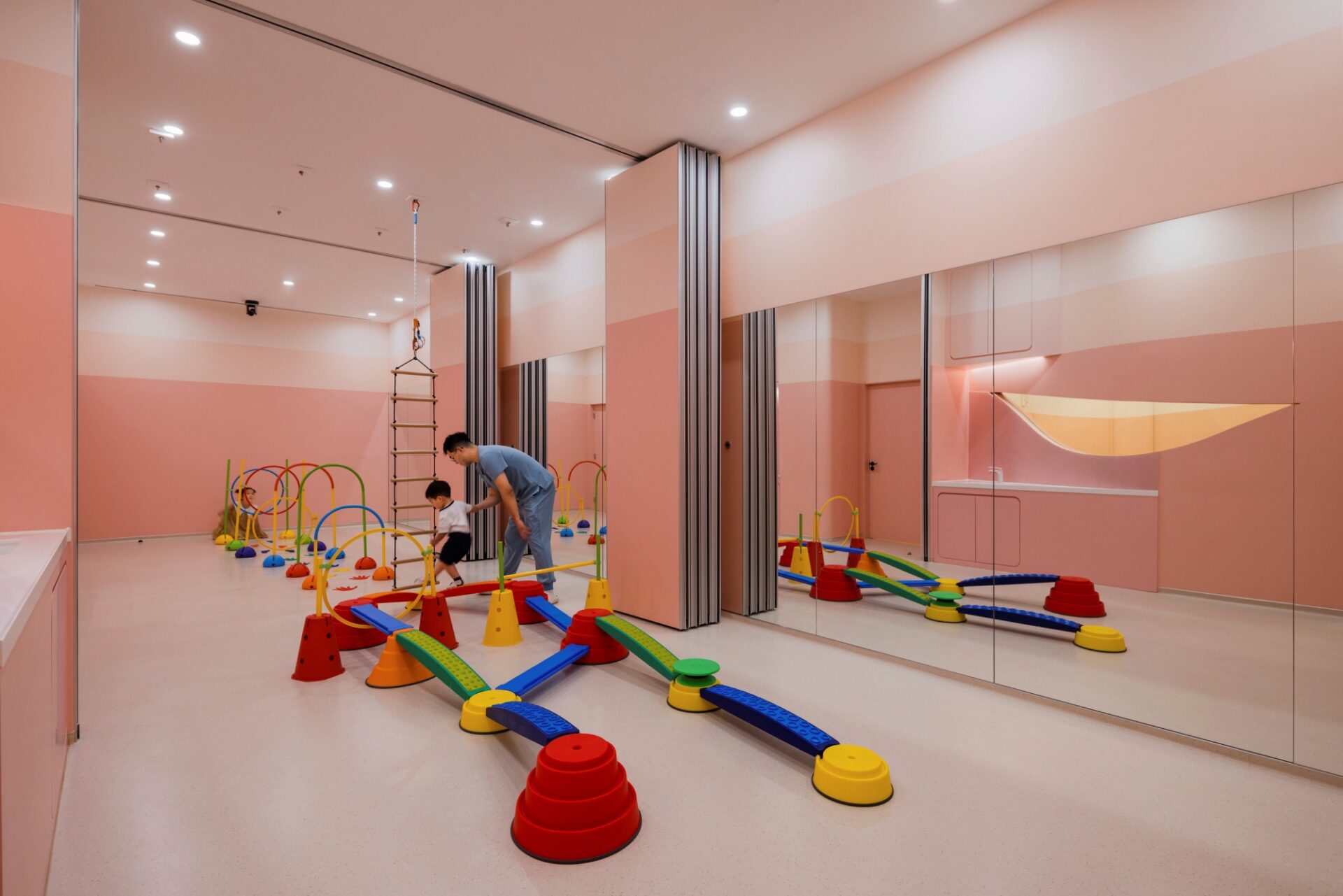 “The 550 square metre space is home to flexible physical, occupational, and speech therapy rooms, as well as shared doctors’ and consultation offices. The design considers the human experience in rehabilitation medicine to help patients gain access to a diverse range of innovative therapies. Functional therapy rooms such as the Activities of Daily Living (ADL) Therapy Suite and Virtual Care Centre are structured to accelerate the attainment of functional outcomes for each patient. In order to promote positive mental health, the interior incorporates a soothing palette of colours and sweeping gestures, inspired by nature and favourite children’s book illustrations. Whilst visiting the Centre, children can use their imaginations to enter vast landscapes and skylines.” explains Ben van Berkel, Founder, and Principal Architect at UNStudio.
“The 550 square metre space is home to flexible physical, occupational, and speech therapy rooms, as well as shared doctors’ and consultation offices. The design considers the human experience in rehabilitation medicine to help patients gain access to a diverse range of innovative therapies. Functional therapy rooms such as the Activities of Daily Living (ADL) Therapy Suite and Virtual Care Centre are structured to accelerate the attainment of functional outcomes for each patient. In order to promote positive mental health, the interior incorporates a soothing palette of colours and sweeping gestures, inspired by nature and favourite children’s book illustrations. Whilst visiting the Centre, children can use their imaginations to enter vast landscapes and skylines.” explains Ben van Berkel, Founder, and Principal Architect at UNStudio.
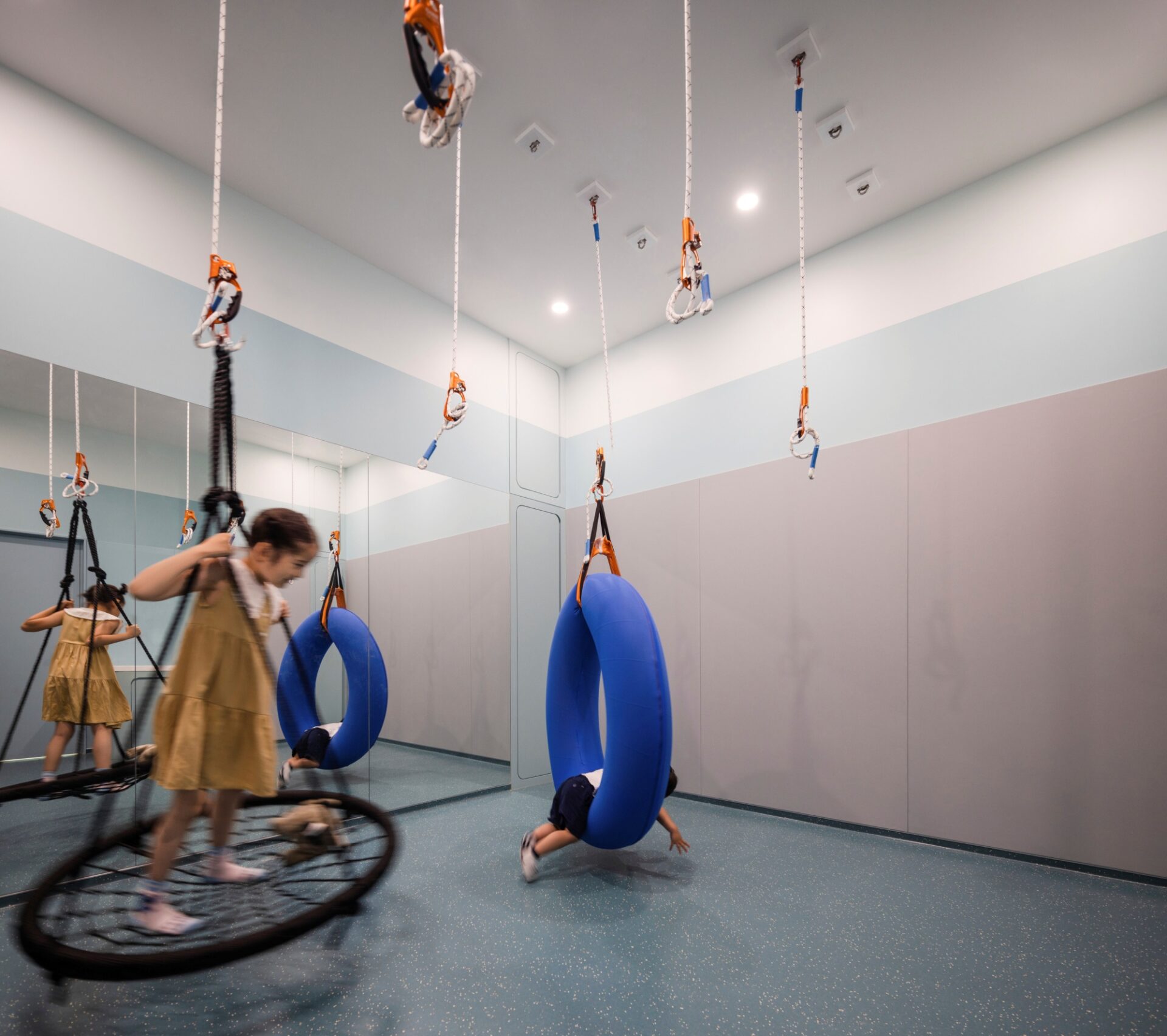 Both the interior design concept and the circulation revolve around sustainability and flexibility. Most materials used in the interior of the FlySolo Rehabilitation Medical Centre are LEED certified building materials. A warm and humanising rehabilitation experience is fostered with a strong focus on the individual patient and family journey from diagnosis to treatment.“Flexible functionality was a central feature of the design, as the Centre needs to accommodate groups and individuals, and varying services. To achieve this, UNStudio, alongside FlySolo’s doctors, therapists, and family advisory committee, considered numerous possible layouts based on maximising the required uses of the overall space, with the aim of striking a balance between the physical, the psychological, and the social. Curved walls with corridors wide enough to double as therapy spaces enable intuitive frictionless movement to ease navigation, especially for those with functional impairments or using wheelchairs. Furthermore, due to the incorporation of flexible partition walls, the room layouts can be adjusted over time and customised for the changing needs of the Centre in the future.” says Berkel.
Both the interior design concept and the circulation revolve around sustainability and flexibility. Most materials used in the interior of the FlySolo Rehabilitation Medical Centre are LEED certified building materials. A warm and humanising rehabilitation experience is fostered with a strong focus on the individual patient and family journey from diagnosis to treatment.“Flexible functionality was a central feature of the design, as the Centre needs to accommodate groups and individuals, and varying services. To achieve this, UNStudio, alongside FlySolo’s doctors, therapists, and family advisory committee, considered numerous possible layouts based on maximising the required uses of the overall space, with the aim of striking a balance between the physical, the psychological, and the social. Curved walls with corridors wide enough to double as therapy spaces enable intuitive frictionless movement to ease navigation, especially for those with functional impairments or using wheelchairs. Furthermore, due to the incorporation of flexible partition walls, the room layouts can be adjusted over time and customised for the changing needs of the Centre in the future.” says Berkel.
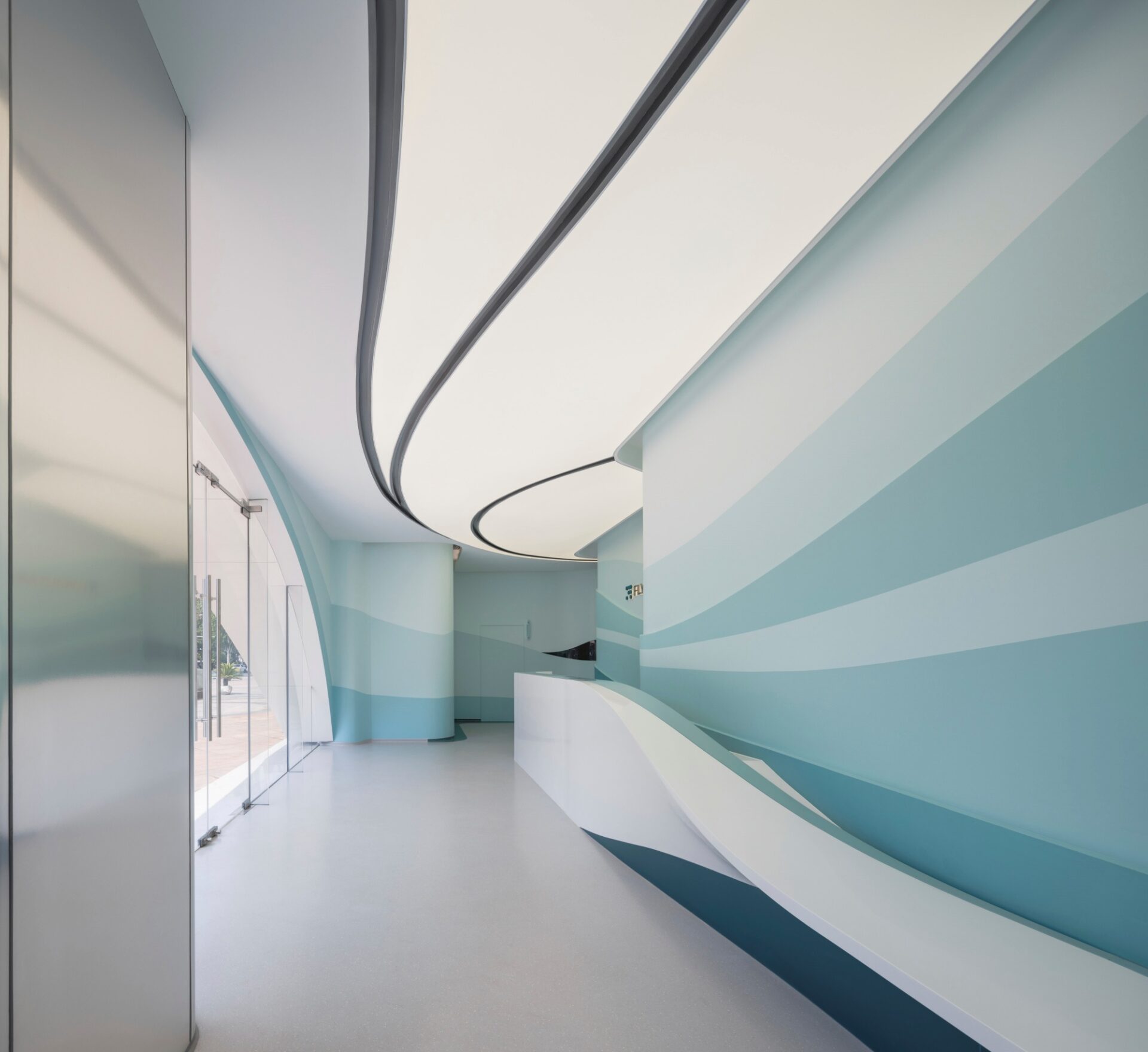
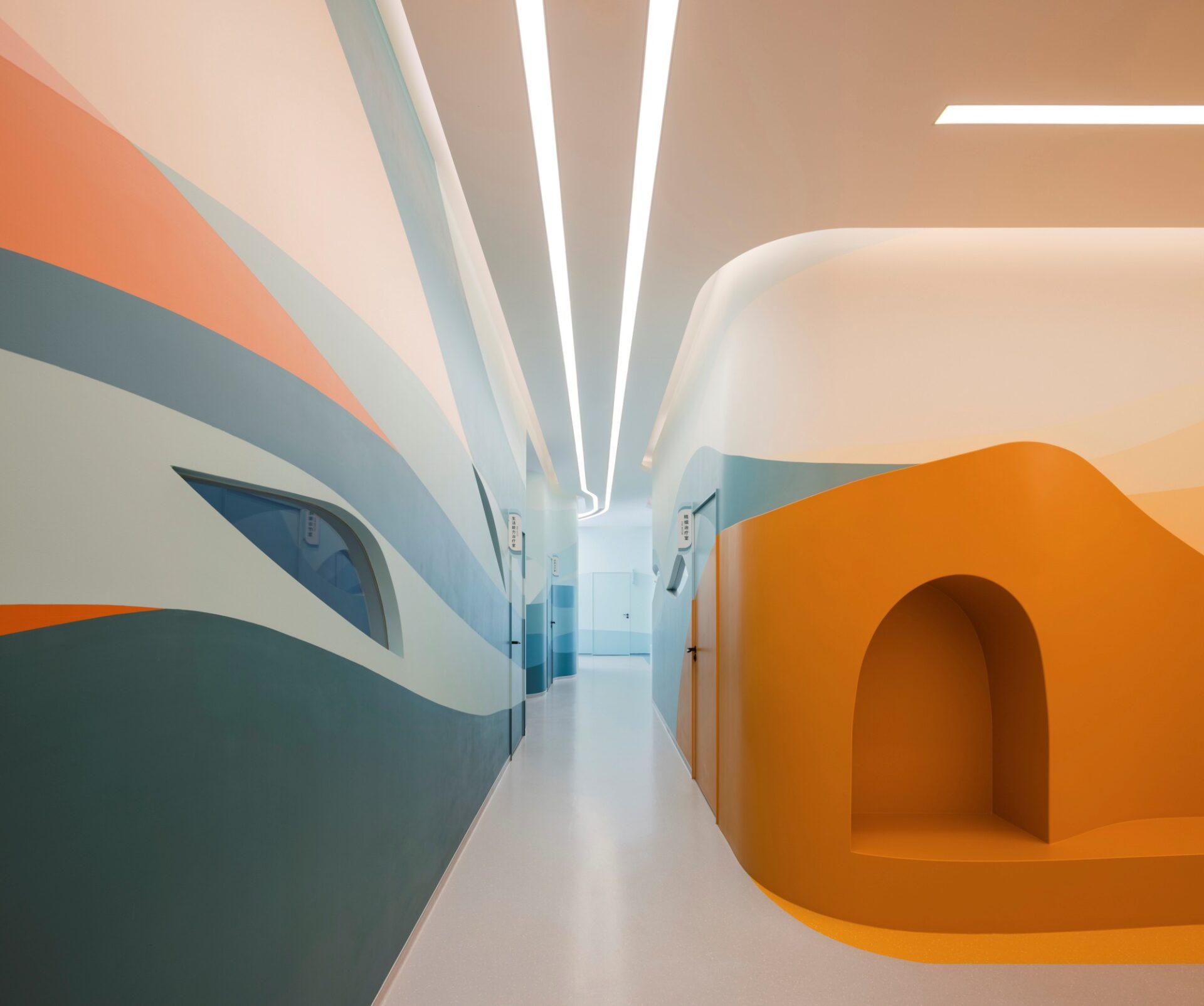 He further says, “At times, visiting medical facilities may cause a degree of anxiety in children, which may be exacerbated if waiting is not aided by positive distractions. For this reason, the design of the Centre incorporates the child’s need to play, explore, move and discover. In the waiting areas outside of the treatment rooms, mini slides and interactive seating are incorporated in order to engage and energize. Small nooks are also provided for children to play in and to provide privacy for waiting parents and families.”
He further says, “At times, visiting medical facilities may cause a degree of anxiety in children, which may be exacerbated if waiting is not aided by positive distractions. For this reason, the design of the Centre incorporates the child’s need to play, explore, move and discover. In the waiting areas outside of the treatment rooms, mini slides and interactive seating are incorporated in order to engage and energize. Small nooks are also provided for children to play in and to provide privacy for waiting parents and families.”
“Overall, a keen focus is placed on materials, space, scale, light, and circulation, while soft, bright and natural colours work to add another layer of engagement. The wave-like wall graphics shift between three colour palettes that correlate to the functions within the therapy rooms. As such, colour is used throughout to aid in wayfinding and inspiration. A further possible cause of discomfort for the child patient and their parents can be the separation experienced whilst therapy sessions are taking place. For this reason, wave-shaped windows that mimic the undulating wall graphics are inserted at a certain height in the walls of the therapy rooms to ensure that while the parents can see in, the child does not feel overly observed,” explains the architect.
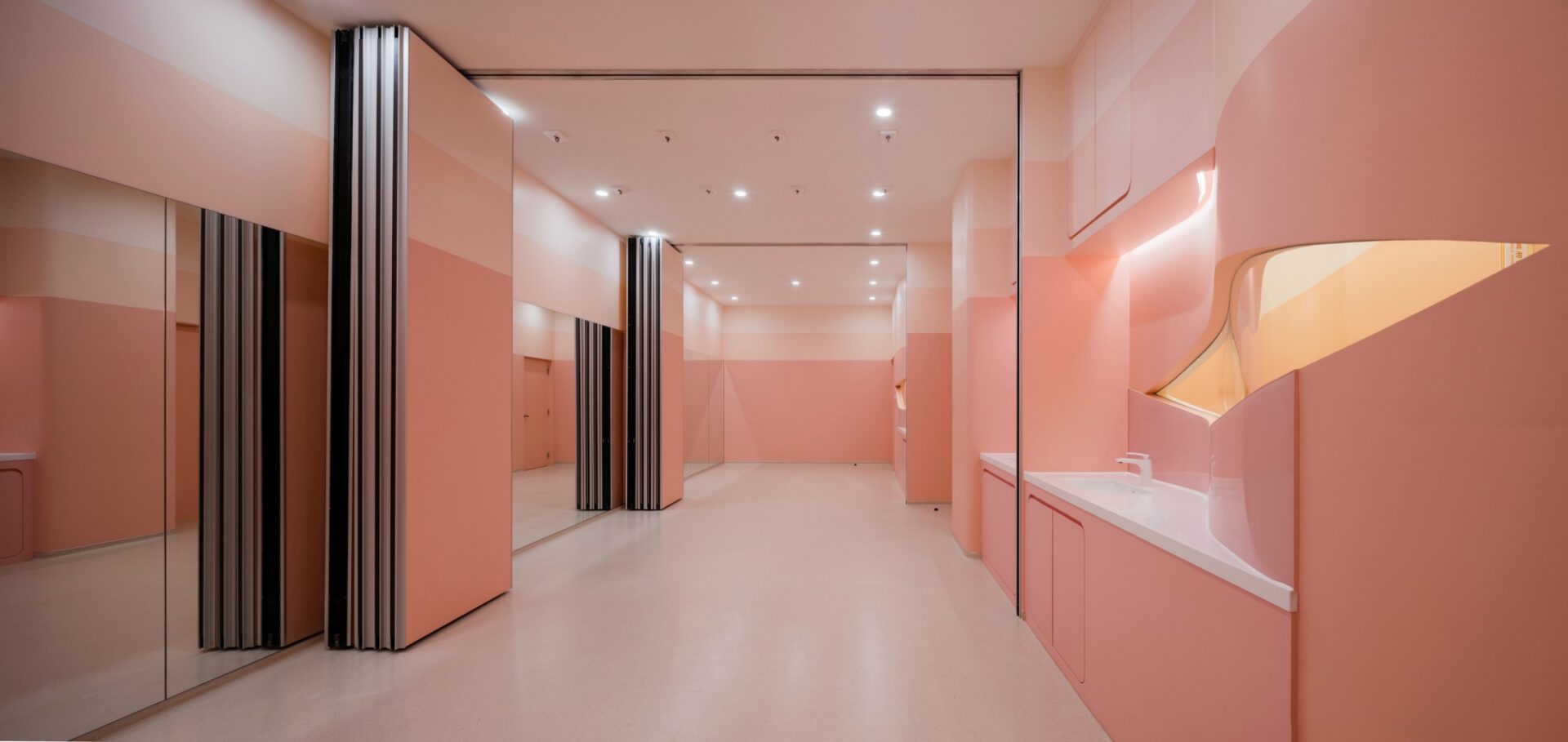 The wave-like graphics of the interior are mirrored in the curves of the facade that frame the entrance. Here, a pearl white aluminium frame composed of intricately fabricated curved panels conveys an inspiring message of a new possibility to families embarking on an emotionally challenging journey and a welcoming gesture to the children. The design and construction of the FlySolo Rehabilitation Medical Centre was completed during the COVID-19 pandemic despite global travel and supply chain obstacles., according to the architects.
The wave-like graphics of the interior are mirrored in the curves of the facade that frame the entrance. Here, a pearl white aluminium frame composed of intricately fabricated curved panels conveys an inspiring message of a new possibility to families embarking on an emotionally challenging journey and a welcoming gesture to the children. The design and construction of the FlySolo Rehabilitation Medical Centre was completed during the COVID-19 pandemic despite global travel and supply chain obstacles., according to the architects.
The implementation of digital solutions and stringent construction management guidelines including the use of protective equipment, occupational safety trainings, frequent disinfecting, and daily COVID-19 testing enabled continuity of work with zero injuries or infections in spite of unprecedented challenges.
Location: Beijing, China
Programme: Healthcare
Client: FlySolo
UNStudio:
Ben van Berkel, Hannes Pfau, Garett Hwang with Tony Hu, Cheng Tan, Joy Li
Construction Management: China Academy of Building Research
Consultants: Shanghai CIMA Engineering Consulting Co. Ltd.
Design Year: 2020-2021
Construction Year: 2021
Completion Date: June 2022
Opening: July 2022
Contractors: Bang Tai Construction Co. Ltd., InDeco, Zhi Shang Construction Co. Ltd.
Building Information
Floor Area:
Gross: 550 m2
All Images and Facts provided by UNStudio.


